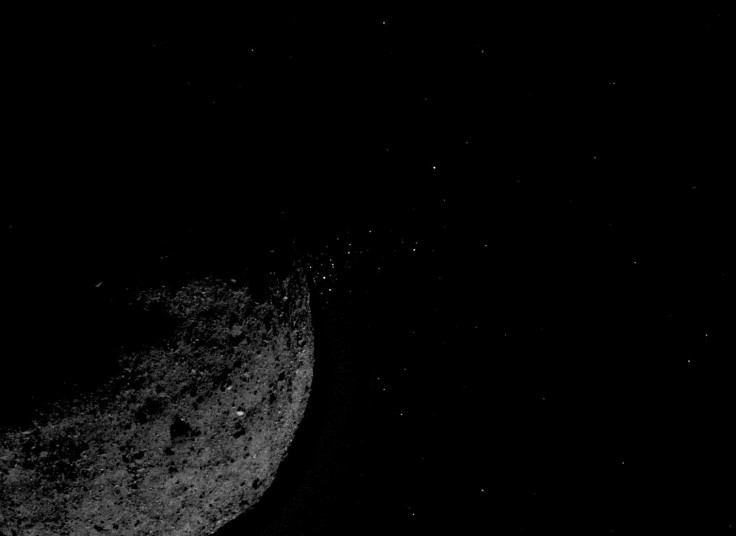1,279-Foot Asteroid Will Make Close Approach To Earth Days After New Year
KEY POINTS
- A 1,279-foot asteroid called 2003 AF23 is set to pass by Earth Sunday
- The near-Earth asteroid is taller than the Empire State Building in New York
- Asteroid 2003 AF23 is not expected to collide with the planet and has not been included in the ESA's Risk List
An asteroid is set to make its close approach to Earth after New Year's Day, according to NASA's Center for Near-Earth Object Studies (CNEOS). The asteroid, identified as 2003 AF23, is expected to be taller than the Empire State Building in New York.
Just a few days after the world rings in the new year, a giant asteroid will be making its way toward the planet's vicinity. That near-Earth asteroid (NEA) is called 2003 AF23, and it is expected to complete its flyby on Sunday at 2:22 p.m. EST.
The space rock has a diameter of about 1,279 feet (390 meters), according to the CNEOS' close approach data table. At this size, 2003 AF23 is bigger than the Empire State Building in New York, which stands 1,250 feet.
The asteroid is also estimated to be larger than the tallest structure in Paris, the Eiffel Tower — which, including its flagpole, boasts a height of 1,060 feet.
The NEA is not expected to collide with Earth during its upcoming flyby and will only get as close as 4.3 million miles (6.9 kilometers) away from the planet's surface when it passes by, according to CNEOS' data. The asteroid is currently hurtling through space at an average velocity of 32,400 miles per hour (54,000 kilometers per hour).
NEA 2003 AF23 is categorized as an Aten asteroid, according to NASA's Jet Propulsion Laboratory. Asteroids belonging to this category have Earth-crossing orbits that intersect with that of the planet at a certain point. Fortunately, 2003 AF23 has not been included in the European Space Agency's Risk List, which means it does not pose a risk to Earth.
Shortly after 2003 AF23's flyby, another asteroid will also enter Earth's vicinity, though much smaller than the former. Asteroid 2019 QW2 measures just 213 feet (65 meters) across, only a little taller than the Leaning Tower of Pisa's 185 feet.
Currently traveling through space at 11,000 miles per hour, this NEA will be about 2 million miles away from the Earth's surface when it makes its closest approach to the planet on Sunday.
"Near-Earth Objects (NEOs) are comets and asteroids that have been nudged by the gravitational attraction of nearby planets into orbits that allow them to enter the Earth’s neighborhood," CNEOS said on its website.
Composed mostly of water ice with embedded dust particles, majority of comets originate from cold outer planetary system, while asteroids usually are formed within the warmer inner solar system between the orbits of Mars and Jupiter.

© Copyright IBTimes 2025. All rights reserved.





















